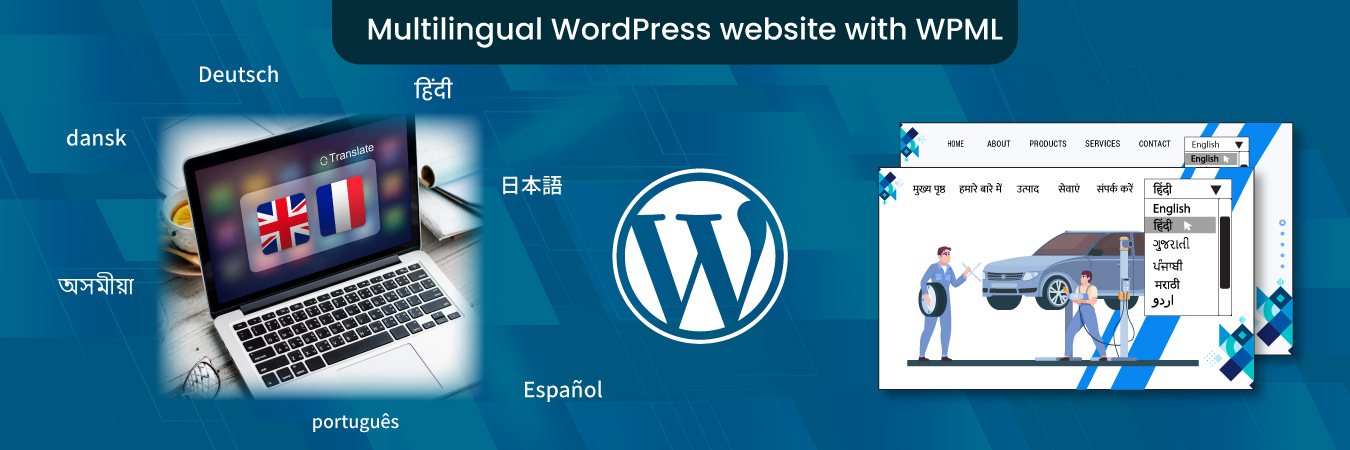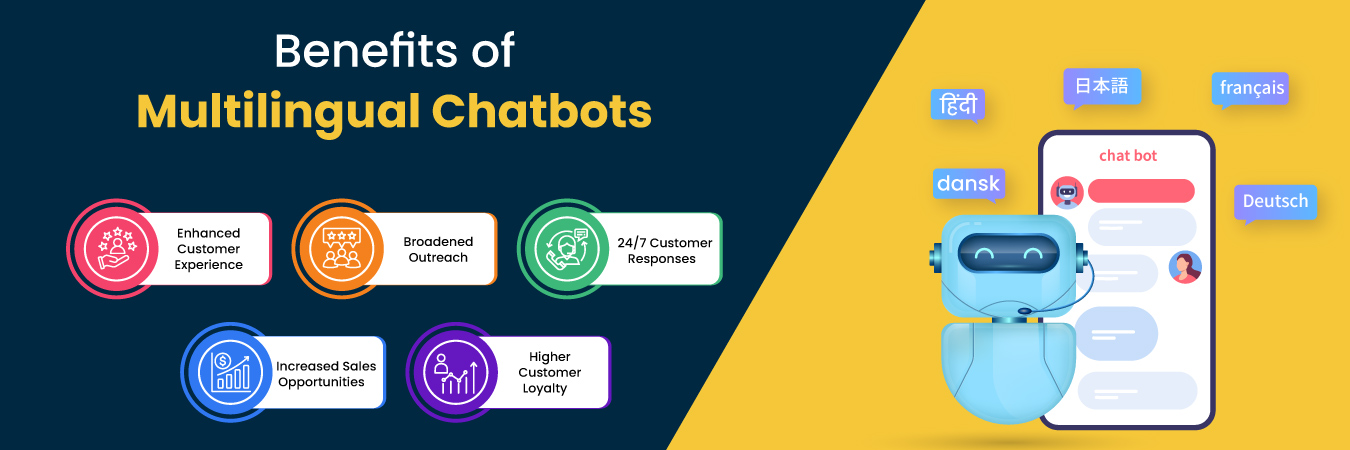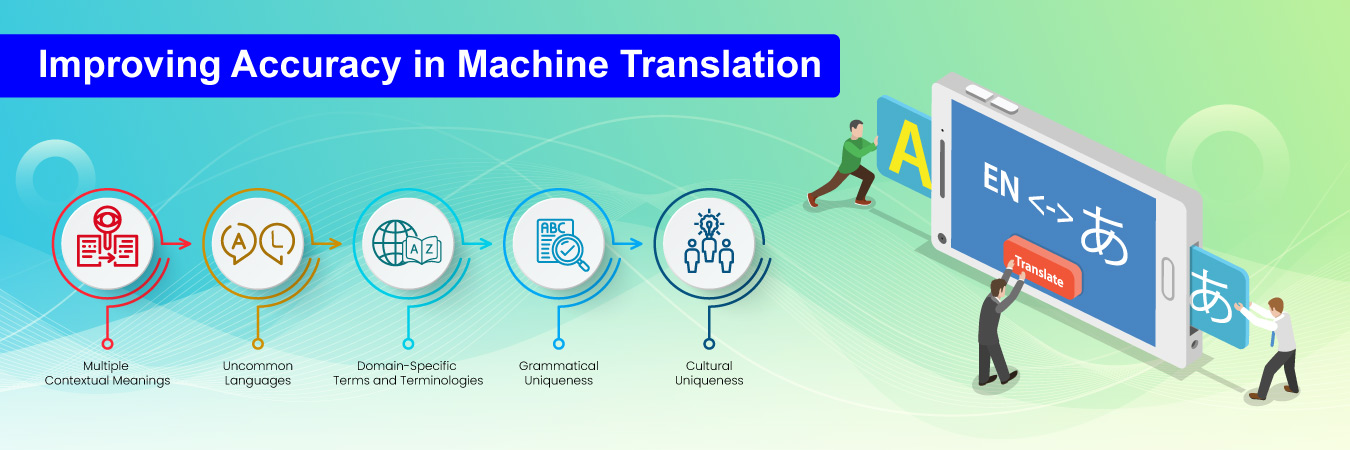
Creating a Multilingual WordPress website with WPML
Are you looking to build a multilingual website as part of your localization endeavors? Then, you’ve come to the right place! Of course, you know why you are going multilingual. So, let’s not talk about it. But you’d surely be wondering how to build a multilingual website. Is it challenging? To some extent, yes. However, you can effortlessly build a multilingual website with WPML (The WordPress Multilingual Plugin). Here’s how to build a multilingual WordPress site in eight steps.
8 Steps to Build a Multilingual WordPress website with WPML (WP WPML)
At the outset, let’s clarify a few concerns. Firstly, you don’t need multiple websites for multiple languages. You can have several in a single one. Secondly, you can translate your content through machine translation. However, having professional translators is much more advisable, considering the intricacies involved in translation. Let’s now look at the eight steps involved in building a multilingual website with WPML.
1. Install WPML
WPML is a modular plugin that allows you to install precisely the components you need for various websites. To use all the features of WPML, you need the multilingual CMS version. Thus, begin by installing the OTGS Installer plugin. It has all the required WPML components like WPML String Translation.
WPML also includes an automatic installation and update mechanism. Install and register the core plugin to use it. Then go to Plugins – Add new and click Commercial. Here, you will see the list of WPML components and choose per your needs.
2. Add Languages
WPML allows you to add as many languages as you need to a single website. At the beginning of the setup wizard, you select your site’s default language and choose the other languages you want to translate your website to. In addition, you can add, remove, or edit languages whenever you want through the WPML – Languages menu. Although WPML has 65 pre-configured languages, you can add a custom one. For instance, you may add Mexican Spanish, Caribbean Spanish, or Latin American Spanish.
3. Select the URL Appearance of Languages
Another feature of WP WPML is that it adds language information to all the URLs on your site. It allows translations to appear in the URLs. Experts recommend using Languages in directories or A different language per domain for user-friendly and SEO-friendly URLs.
4. Add Language Switchers
The next step is to add language switchers to your site. These language switchers allow visitors to select the language in which they want to read the website. You can add language switchers to menus, pages, and posts and as widgets to the site’s footer from WPML – Languages. In addition, you can add a language switcher to menus, templates, widgets and pages or post content via the Language Switcher block. Or else you may also create your custom language switchers and add them to any PHP template. However, you might need a WordPress developer to deal with the latter.
5. Translate the Content
Further, translate the content. You may translate the content yourself or through machine translators. However, as stated earlier, we recommend hiring professional translators to ensure technical, linguistic, contextual, and cultural accuracy. You may also use a blend of automatic and manual translations to ensure speed and accuracy. Besides, you may select to translate the whole website or some parts of it.
WPML offers an Advanced Translation Editor that offers everything you require to translate with pace and accuracy. Nevertheless, the final decision will be yours whether to hire professional translators, do it yourself, or use WP WPML translation assistance.
6. Translate Taxonomies
Taxonomy is a way to classify and organize content. With WPML, you can also translate taxonomies. Thus, while translating your content, you can rely on WordPress for translating the taxonomy terms. You may also choose to translate taxonomies separately through WPML’s Taxonomy Translation.
7. Translate the Website Menus
Translating the website menus is another significant aspect of building a multilingual WordPress site. WP WPML covers that as well. You can choose to translate menus manually and synchronize menus automatically. Thus, whenever you edit the menu in your site’s default language, let’s say English, WPML can instantly update the menus appropriately in other languages like Spanish, French, Malay, etc., that your website has.
8. Translate Strings
Your website would have text that isn’t part of taxonomy or any field, etc. Such text can originate from plugins, themes, and WordPress. You can translate such text using WPML’s String Translation. WP WPML allows you to see the origin of the strings and understand their meaning, auto-register strings for translation, translate strings in the wp_options table, and export and import string translations as PO files.
Besides, do not discount the SEO aspect of your multilingual website. But thanks to WordPress. It takes care of all the SEO technicalities. You can focus on the more strategically significant tasks associated with SEO and increase your website’s visibility.
Build an Incredible Multilingual WordPress Site with Fidel!
While it is easy to build a multilingual WordPress site, hiring Fidel’s WordPress developers will make it even more seamless! We nurture WordPress experts and multilingual professionals who collaborate to help you redefine multilingual websites through something as straightforward as WordPress.
Our experience across the multilingual website development space, expertise in WordPress, and proficiency in over 100 Indian and foreign languages qualify us as a comprehensive multilingual partner. Please email us at sales@fidelsoftech.com to explore our WP WPML multilingual website creation services.
Ref. No – FB10231076
Related Blogs
The Role of AI in Bhashini’s Language Processing
India is a diverse, multicultural, and multilingual country home to thousands of languages. While that’s something for every Indian to be proud of,...
Chatbots Go Global: Mastering Multilingual Chatbot Design and Localization
While going global or venturing into a new market, businesses have a plethora of tasks and responsibilities to fulfill. Some are administrative...
Improving Accuracy in Machine Translation: Techniques and Challenges
Machine translations expedite the pace of translation and help translators deliver projects more quickly. However, machine translation is an...



